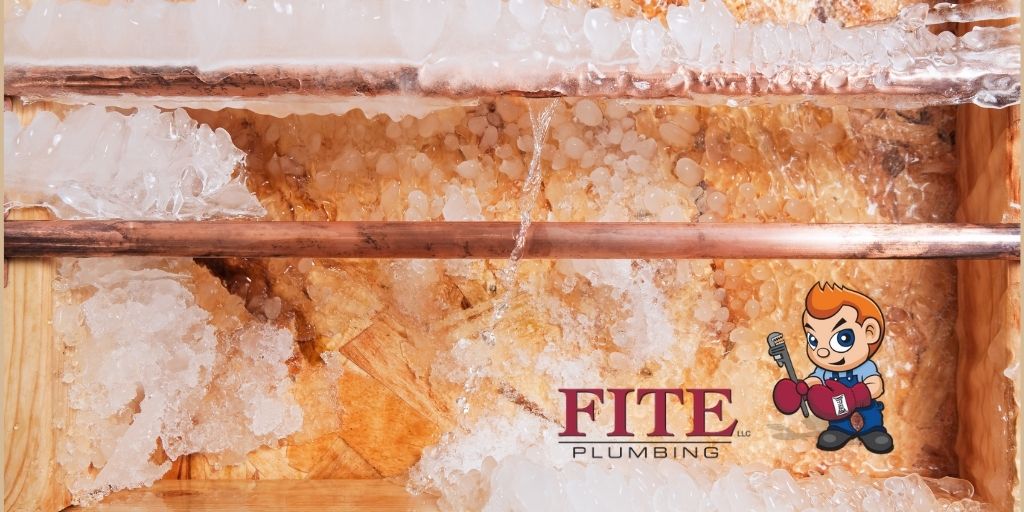With cold weather heading towards Indiana quickly, it’s time to prepare for winter, which means you need to winterize pipes. Frost is not only a danger to your exterior, but it can also cause expensive damage to internal facilities as well.
If temperatures drop below zero degrees, there’s a risk that water pipes or heating pipes could freeze. At first, only a small chunk of ice may form. However, this prevents the water from flowing through the pipes, and consequently, the entire line freezes. Plus, a pipe can then easily burst, and it’s vital to prevent this.
To prepare for winter, the time to start is now. As long as the ground isn’t frozen, the faster you can winterize your home.
Winterize Pipes for Winter by Insulating Lines
The simplest type of insulation is sleeves made of polyethylene and neoprene foam in different sizes suitable for all pipes and cables. They’re light and easy to install because they are slotted on one side.
Foam insulates well because air is trapped in the material. Foam can breathe better, and less condensation builds up. You can cut it to the correct length with a knife. Small gaps in corners or at seams can easily be covered with neoprene or acrylic tape.
The holes through which water pipes run in the wall can be closed with silicone putty or polyurethane foam. The foam is sprayed into the gaps, spreads there, and seals all openings airtight.
How do I Protect Taps Inside My Home?
Whether you’re setting off for warmer weather for the winter or if you’re staying at home base, indoor heating is crucial. Frost protection only ensures that you stay warm, and your radiator doesn’t freeze. This does not protect or winterize pipes.
Where there’s no heating or electricity available, you should shut off the water supply, open the taps and empty them entirely if possible.
Oh No! Did You Forget?
If you forgot to winterize pipes and the faucets freeze, you’ll need to carefully thaw them. To do this, turn off the main tap and open the tap at the affected area. With hot rags, hot water, heating pads, a hairdryer, or a fan heater, you can carefully and slowly thaw the frozen pipe. Under no circumstances should candles, boiling water, open flames, industrial blowers, or welding torches be used, as heating up too quickly can cause the pipe to burst.
During thawing, you should ensure that the interior of a house is well ventilated so that the moisture that arises in the room can easily be drawn off. When the pipe thaws and the water drains, the water supply opens. In this case, water escapes, and there is a likelihood of a pipe bursting.
Snowbirds Should Definitely Winterize Pipes
If you’re packing up and heading towards a warmer state, make sure to check the following before you leave:
- Check the roof before winter
- Clean gutters and downspouts
- Don’t forget to winterize windows and doors
- Check the outside lights
Before reaching that point, it’s best to call a specialist at Fite Plumbing. Having an expert winterize your plumbing, or fix problems that occur during the cold months, will save you a lot of money and headaches in the long run. Call us today at 317-271-5400 to set up an appointment with our talented crew of winterizing professionals.
Are you on Facebook? We are, too. Let’s be friends!


